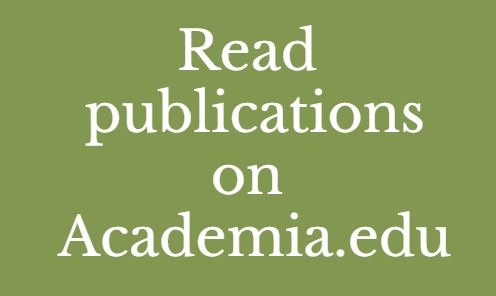Destruction of Qumran
The Dead Sea sect had expected the Roman invasion of the Land of Israel to lead to the great eschatological battle which would usher in the messianic period. Instead, the Romans easily conquered the divided Hasmonean state in 63 BCE. When the Roman revolt began in 66 CE, Josephus reports that the Essenes joined in the revolt. Even if the Qumran sect is not identical to the Essenes, it is probable that the sectarians would have joined the rebellion as well, given their messianic expectations.
In 68 CE, Qumran fell to the Romans and the sect ceased to exist. Archaeological remains show that Qumran was burnt to the ground. Whether the inhabitants were killed or captured is unknown, but, in any case, with the great destruction of the land and the people, all sectarian groups faded from view.
Throughout the period of occupation at Qumran, manuscripts had been stored in Cave 4 for regular use. As the war neared Qumran, the sectarians hid other manuscripts in caves around the area. Contrary to early claims, it is now known that the Romans did not damage the Cave 4 scrolls. Rather, the manuscripts remained hidden from the Romans and only… Continue reading
Righteousness and Charity in the Jewish Tradition
 Jews tend to ignore the Bible when describing Jewish tradition and values. The study of the concepts of righteousness and charity in Judaism demonstrate that these ideas are firmly rooted in biblical tradition. The biblical idea of “tzedaka” is usually translated as charity, but literally means “righteousness.” Righteousness refers not only to relationships between people, but also to the relationship between people and God.
Jews tend to ignore the Bible when describing Jewish tradition and values. The study of the concepts of righteousness and charity in Judaism demonstrate that these ideas are firmly rooted in biblical tradition. The biblical idea of “tzedaka” is usually translated as charity, but literally means “righteousness.” Righteousness refers not only to relationships between people, but also to the relationship between people and God.
More on this topic in the video, Righteousness and Charity in the Jewish Tradition.
Sukenik and the Dead Sea Scrolls Part V Sekirah Bet
A long section of Sekirah Bet is also devoted to Isaiah, and here also he concentrated on the more unusual Isaiah A. He again discussed the text and its large size and more or less complete preservation. He also noted that there had originally been a handle sheet at the beginning of the scroll, no longer preserved. He argued that the damage it evidenced was there before the scroll was placed in the cave, in accord with his genizah theory of the corpus. Here he was aided in his argument by the various repairs that had been made to the scroll. In Sekirah Bet, his discussion of the script was more exact. The scribe did sometimes try to distinguish waw and yud, final mem and nun were usually consistently used, but only one form was used for צפ”ק- similar to the script of 1QS. He also called attention to the numerous supralinear corrections by the scribe to fill in omitted letters, as well as such corrections by a second hand, dots were used for erasure. He cautioned about making judgements… Continue reading


